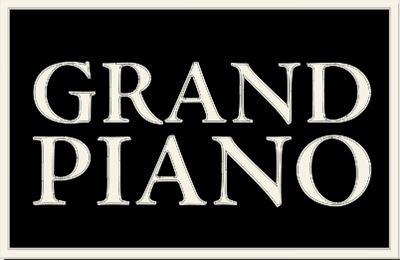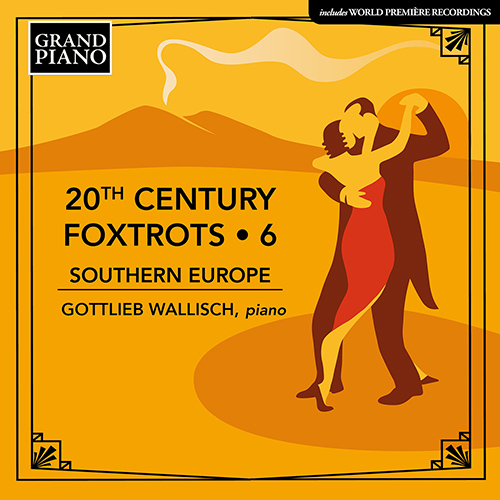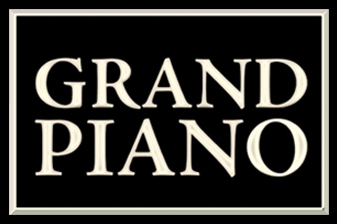
Nikos Skalkottas (1904 - 1949)
Nikos Skalkottas is universally recognised as a leading member of the Second Viennese School and its most prominent Greek composer, who wrote atonal, twelve-tone, neo-Classical and tonal music. A brilliant violinist, Skalkottas moved to Berlin in 1921 at the age of 17 where he studied violin with Willy Hess and composition, staying there until his repatriation in 1933, never to leave Athens again. Although playing the violin in various ensembles and settings remained the main source of income throughout his life, by 1923 he had already turned his efforts to composition. Two of the leading composers with whom he studied were Kurt Weill and Arnold Schoenberg; in fact, the latter considered Skalkottas among his ‘most gifted students’.
Orchestral and Chamber Music
Skalkottas was obliged to compose only after the end of his orchestral duties. In style he remained loyal to the principals he had acquired in Berlin, while also turning to Greek folk music for material. His orchestral music includes Greek dances, symphonic and dance suites, and a number of concertos, including three for piano, others for violin and piano, cello, oboe, violin and viola, double bass, two violins, and a Concertino for trumpet. His chamber music involves a similarly wide range of instrumentation.


 Grand Piano has gained a reputation for producing high quality recordings of rare keyboard gems. Dedicated to the exploration of undiscovered piano repertoire, the label specialises in complete cycles of piano works by many lesser-known composers, whose output might otherwise have remained unknown and unrecorded.
Grand Piano has gained a reputation for producing high quality recordings of rare keyboard gems. Dedicated to the exploration of undiscovered piano repertoire, the label specialises in complete cycles of piano works by many lesser-known composers, whose output might otherwise have remained unknown and unrecorded.






